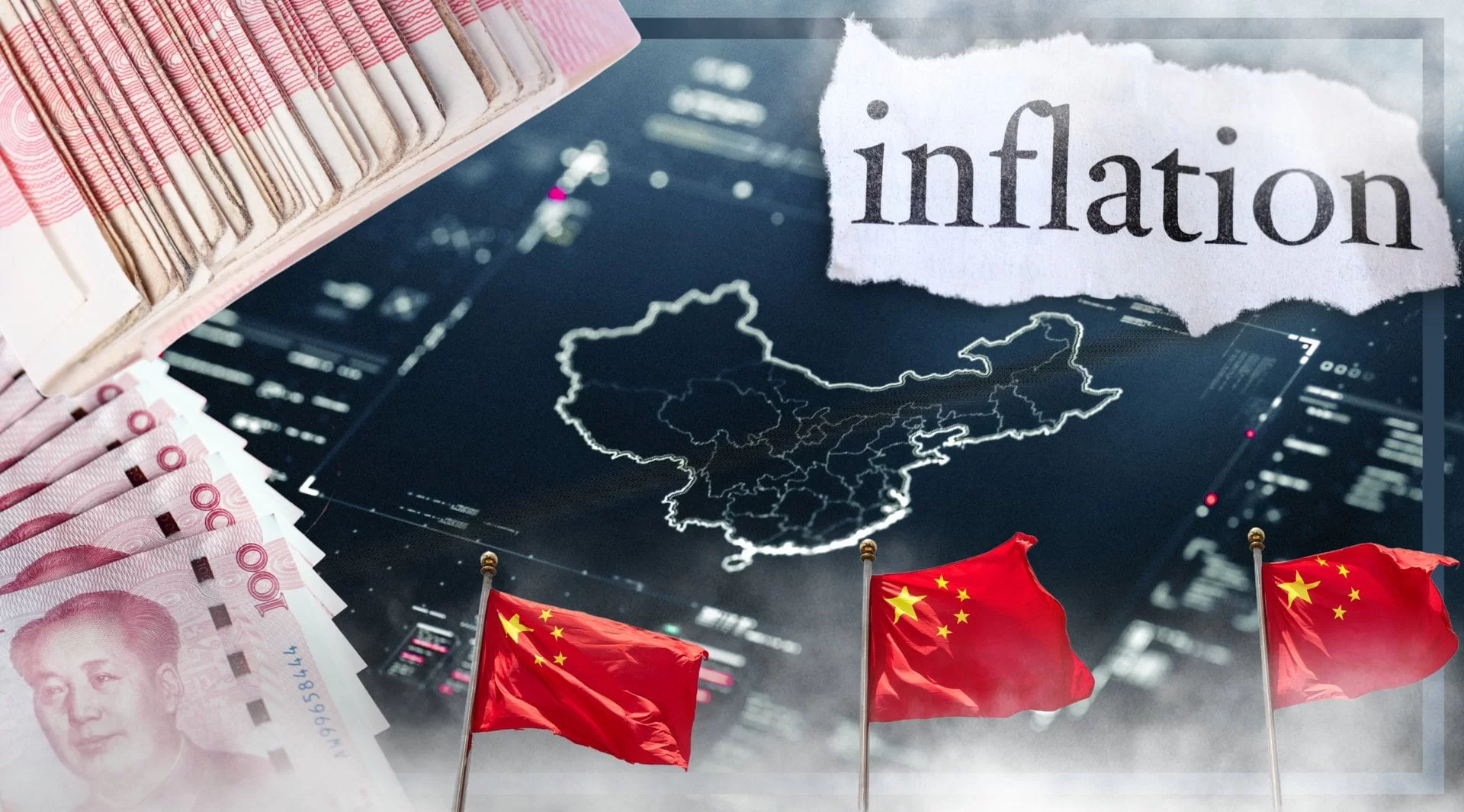As inflation stabilizes across most major economies, China is taking a different path—into deflation.
In March 2025, China’s Consumer Price Index (CPI) slipped for a second consecutive month, falling 0.1% year-on-year, while the Producer Price Index (PPI) dropped by 2.5%, its sharpest fall in four months.These figures signal a worrying shift in the world’s second-largest economy, prices are falling not because of a collapse in demand, but due to a more complicated imbalance between supply and demand.Beijing has proposed several countermeasures: boosting domestic consumption, stabilising financial and housing markets, and expanding social welfare coverage.
While other economies work to tame inflation, China faces a new challenge—too much supply, not enough consumption.
Although deflation technically refers to a general decline in prices, the implications run deeper. Persistent deflation tends to erode corporate margins, reduce wages, and weaken employment. In China’s case, factory-gate prices have now fallen for 18 straight months, pointing to entrenched industrial pressure.
The CPI figure may seem modest, but it reflects broader economic softness beneath the surface.
China’s Key Deflation Indicators (YoY % Change)
| Indicator | February 2025 | March 2025 | Notes |
|---|---|---|---|
Consumer demand isn’t entirely absent. Car sales surged by 14.4% in March, led by a wave of electric vehicle (EV) purchases. BYD, a local EV champion, sold over 1 million units in Q1—up 58% year-on-year—eclipsing Tesla. Demand also remains firm in green energy, AI hardware, and semiconductors.
However, the overall economy shows uneven momentum. Real estate continues to slump as consumer confidence remains low, especially after COVID-related disruptions and property market losses. Households still hold back on spending, shaken by falling home values and ongoing developer defaults, such as the case with Evergrande. This cautious sentiment limits the impact of any uptick in niche sectors.
Supply, on the other hand, is roaring ahead. The Chinese government has actively promoted output in EVs, clean tech, and advanced manufacturing. But the speed of production has outstripped the pace of consumption.
Factories are churning out more than the market can absorb, leading to steep price cuts, excess inventories, and competitive discounting—especially among EV makers like Xiaomi and Geely. These dynamics pull prices down at the producer level and ripple through to the consumer level.
Unlike the US, Eurozone, or Japan—where inflation now hovers near central bank targets—China is alone among major economies in negative territory.
Global CPI Comparison – March 2025
| Country | CPI (YoY) | Inflation Trend |
|---|---|---|
Their inflation moderation reflects successful demand-side management. China’s deflation, in contrast, reflects a supply-heavy strategy with insufficient consumer traction.
External forces are adding pressure. Global energy and commodity prices have dipped, limiting China’s export pricing power. Trade friction with the U.S. has led to fresh tariffs and regulatory headwinds, reducing market access. Sluggish demand in Europe, one of China’s largest trading partners, also weighs on exports.
Economists are pointing to structural imbalances. Alicia García Herrero, Chief Asia Economist at Natixis, notes that “China’s deflation is not just about weak demand—it’s a structural problem tied to excess capacity and declining property wealth.” Wang Jun from the China Center for International Economic Exchanges adds: “You can’t stimulate only the supply side and expect inflation to return. Consumers need confidence, not just access to goods.”
Beijing has proposed several countermeasures: boosting domestic consumption, stabilising financial and housing markets, and expanding social welfare coverage. However, many of these measures remain vague or lightly implemented. Without direct fiscal support for households, spending may stay subdued.
This is not a crisis—yet. But the longer deflation persists, the more it risks becoming entrenched. If households and businesses come to expect lower prices, they may delay spending or investment, creating a feedback loop that weakens the recovery.
China’s deflation reflects an economy that is producing at full throttle but struggling to convert output into stable, broad-based demand. The question is no longer how much China can make, but whether it can sustainably sell—both to the world and to its own citizens.


